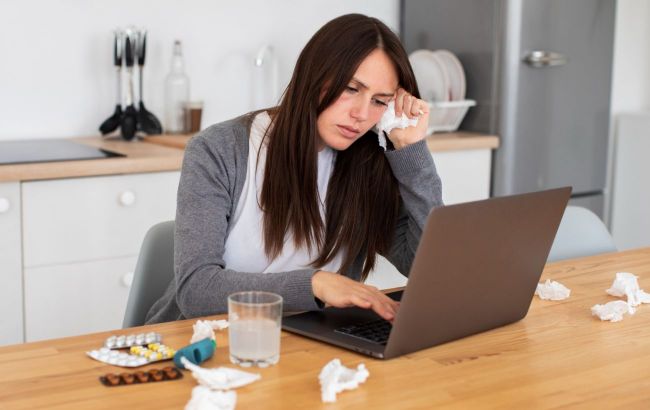Doctors on what increases risk of catching a cold inside
 Illustrative photo (Freepik)
Illustrative photo (Freepik)
As the cold sets in, everyone cranks up the heating and shuts their windows. However, it’s essential to ventilate your home daily, as dry air can lead to colds, citing the HuffPost.
Importance of humidified air
Pulmonologist Amy Brown explained that the nose has its own internal moisturizing system that allows it to easily adapt to changes in the external environment.
This is crucial because it signifies the delivery of fresh, clean, and humidified air to the deepest part of the lungs.
When the air is too dry, it forces the nose to work harder to moisten it. When nasal filtration and immune protection don’t function optimally due to dry air, viruses causing respiratory infections and fall colds can enter the body more easily.
How dry air destroys body’s defense
Rhinologist Peter Hwang said that healthy nose function depends on proper anatomy to ensure good airflow and a well-hydrated layer of mucus that helps keep the nose moist and clean.
This mucus layer—nasal mucus in the inner lining of the nasal cavity—acts as a physical barrier against viruses and bacteria.
The nasal cavity also contains billions of cells that look like microscopic finger-like projections, attempting to sweep away bacteria and viruses.
All these protective forces are threatened when dryness occurs in the nose.
When the temperature inside the nose drops, it disrupts the function of about 50% of the billions of cells that provide antiviral immune defense in the nostrils.
So when the weather cools and humidity drops, the nose struggles to maintain a moist layer of mucus.
Key signs of nasal dryness
- General discomfort in the nose, pain, itching, or congestion
- Thick mucus, which can lead to increased congestion and discomfort
- Skin peeling
- Yellow mucus
- Nosebleeds
What to do
Maintaining proper humidity in the home is key to long-term relief.
A humidifier can help if the environment is too dry. However, caution is necessary, as excessive humidity indoors can also complicate breathing and lead to mold growth.
Find the ideal balance by maintaining indoor humidity at about 35-45%.
For short-term relief, consider using saline nasal sprays and avoid using scented products at home
This material is for informational purposes only and should not be used for medical diagnosis or self-treatment. Our goal is to provide readers with accurate information about symptoms, causes, and methods of detecting diseases. RBС-Ukraine is not responsible for any diagnoses that readers may make based on materials from the resource. We do not recommend self-treatment and advise consulting a doctor in case of any health concerns.

